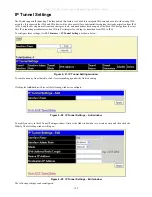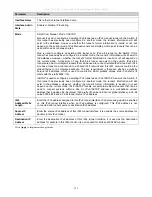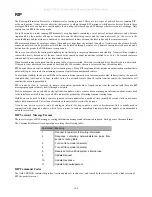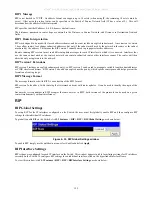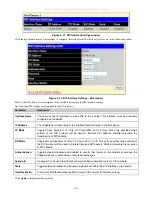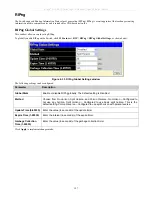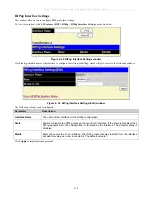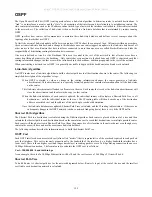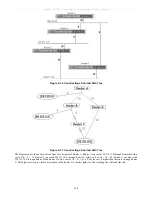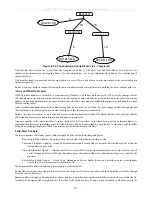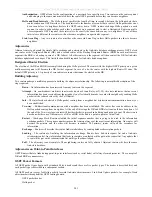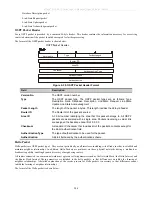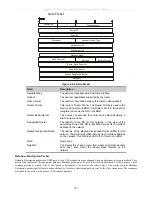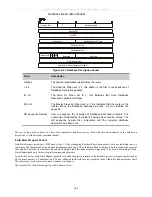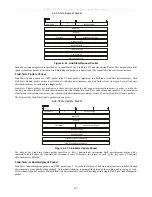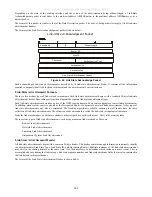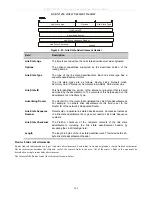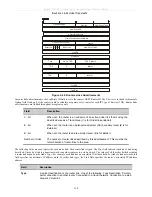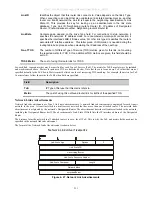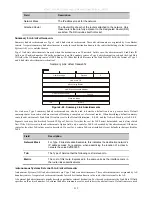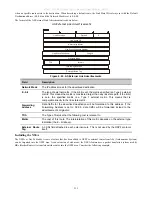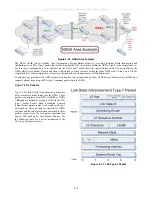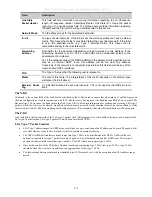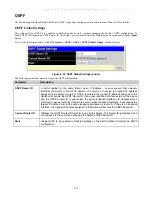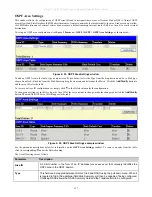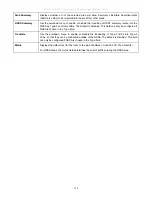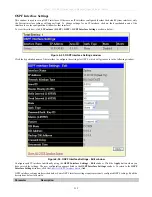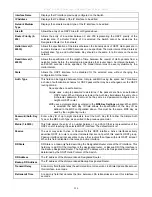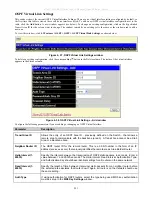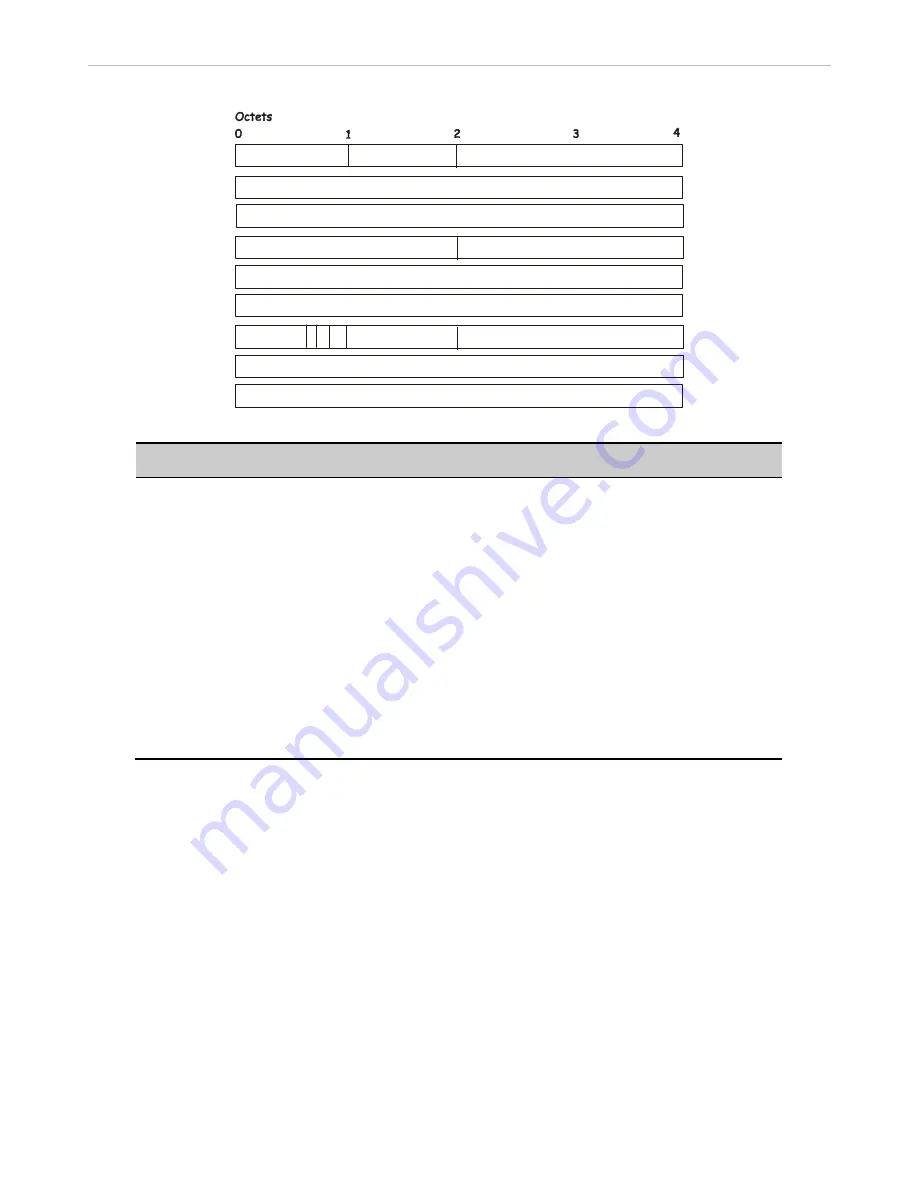
xStack
®
DGS-3600 Series Layer 3 Managed Gigabit Ethernet Switch
Database Description Packet
Version No.
2
Packet Length
Router ID
Area ID
Authentication Type
Authentication
Authentication
Checksum
Options
DD Sequence No.
Reserved
Reserved
Link-State Advertisement Header ...
I M MS
Figure 4- 41. Database Description Packet
Field
Description
Options
The optional capabilities supported by the router.
I - bit
The Initial bit. When set to 1, this packet is the first in the sequence of
Database Description packets.
M - bit
The More bit. When set to 1, this indicates that more Database
Description packets will follow.
MS - bit
The Master Slave bit. When set to 1, this indicates that the router is the
master during the Database Exchange process. A zero indicates the
opposite.
DD Sequence Number
User to sequence the collection of Database Description Packets. The
initial value (indicated by the Initial bit being set) should be unique. The
DD sequence number then increments until the complete database
description has been sent.
The rest of the packet consists of a list of the topological database’s pieces. Each link state advertisement in the database is
described by its link state advertisement header.
Link-State Request Packet
Link-State Request packets are OSPF packet type 3. After exchanging Database Description packets with a neighboring router, a
router may find that parts of its topological database are out of date. The Link-State Request packet is used to request the pieces of
the neighbor’s database that are more up to date. Multiple Link-State Request packets may need to be used. The sending of Link-
State Request packets is the last step in bringing up an adjacency.
A router that sends a Link-State Request packet has in mind the precise instance of the database pieces it is requesting, defined by
LS sequence number, LS checksum, and LS age, although these fields are not specified in the Link-State Request packet itself.
The router may receive even more recent instances in response.
The format of the Link-State Request packet is shown below:
206

